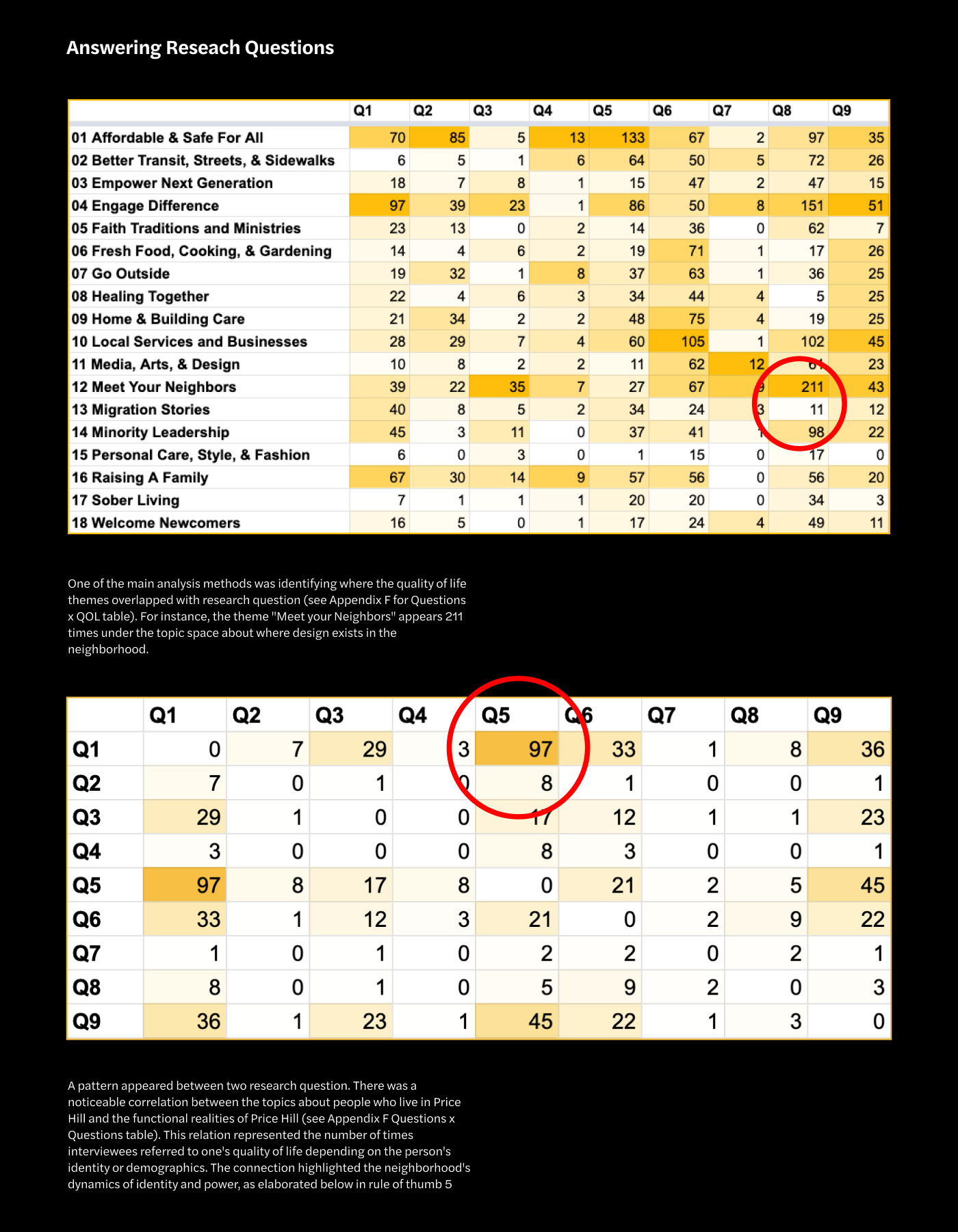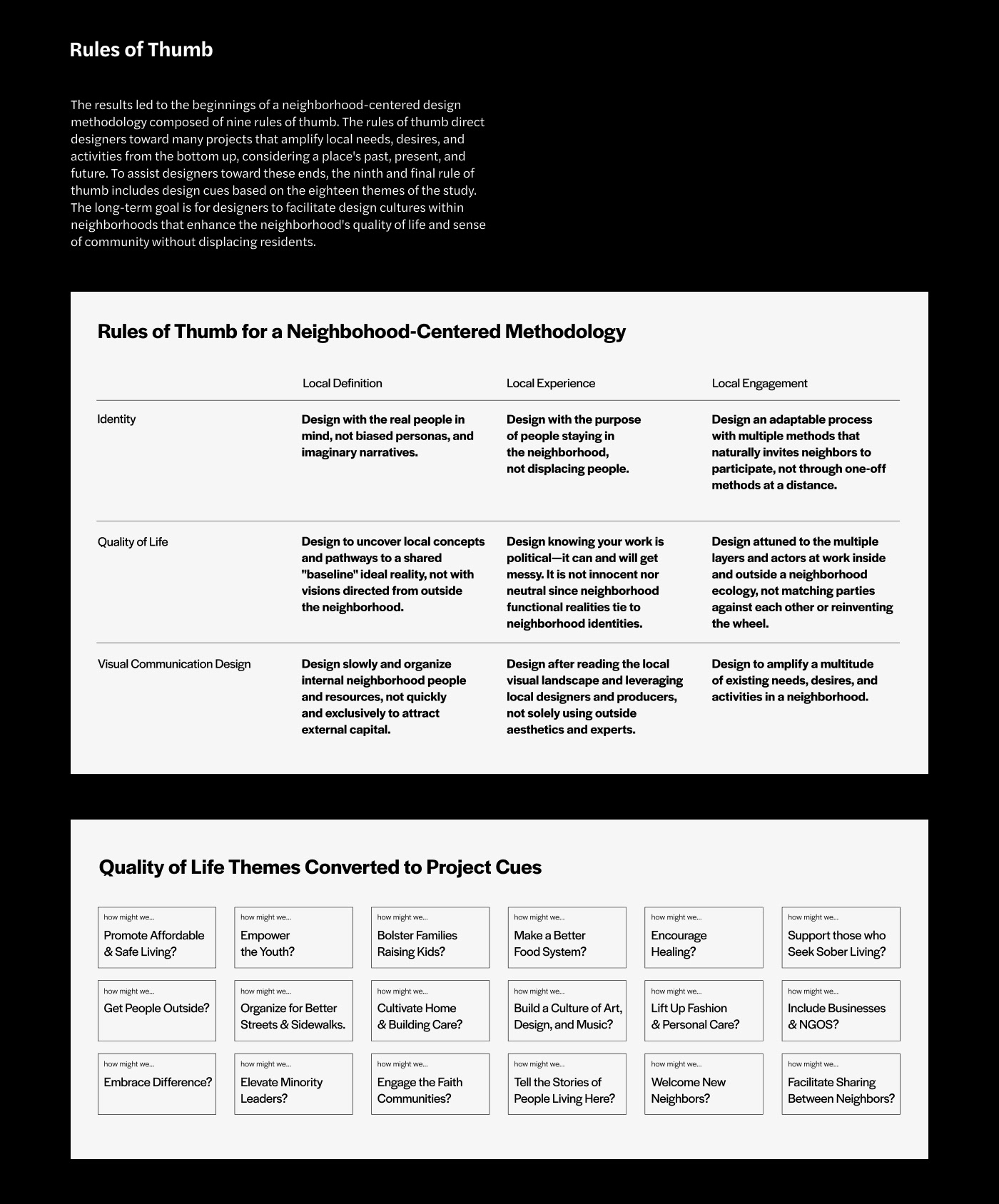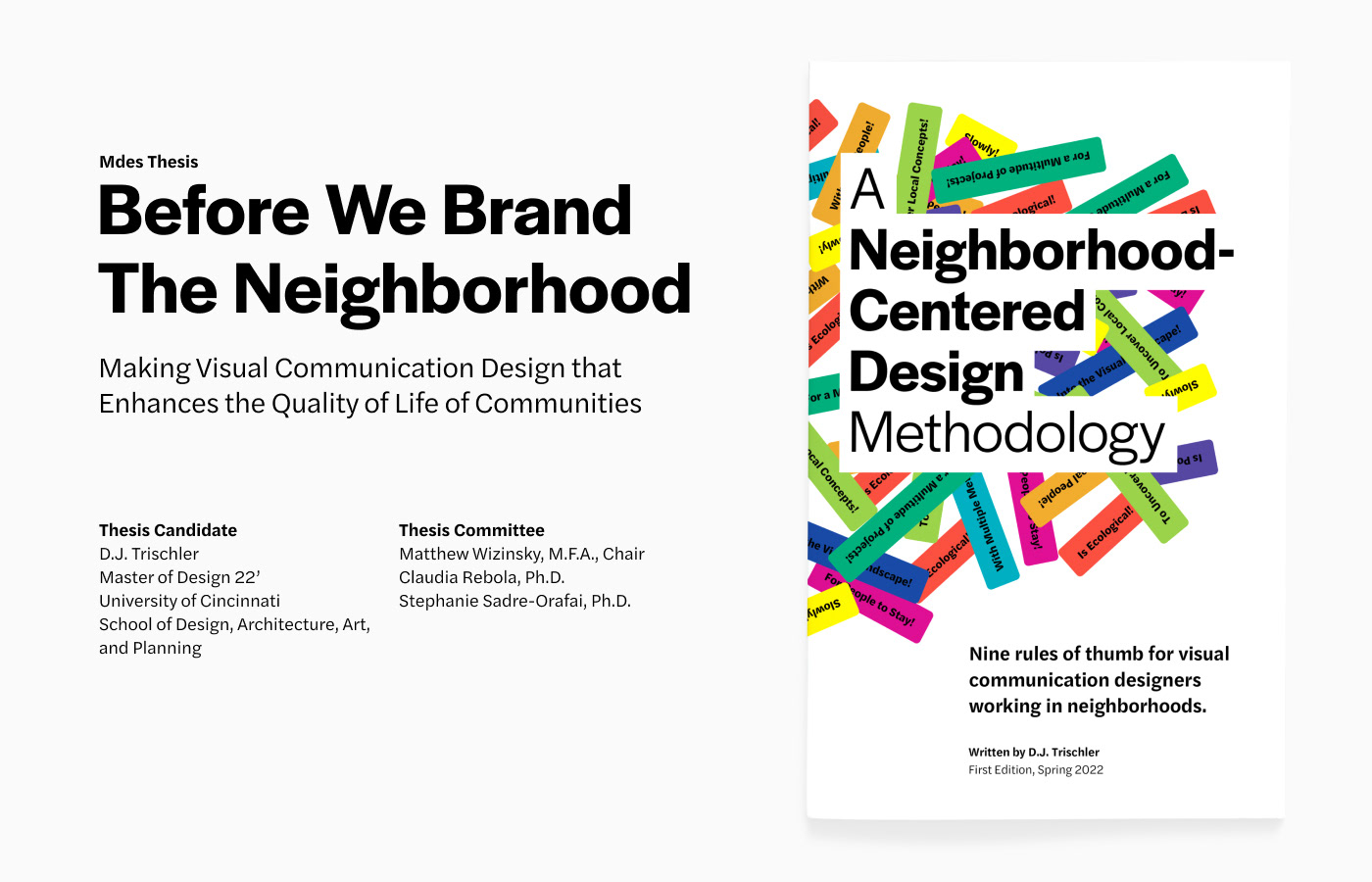
Introduction
Visual communication designers use place branding to enhance the perception of quality of life and a sense of community in neighborhoods. While this can help neighborhoods obtain external funding and attention, scholars across disciplines have scrutinized branding, naming potentially harmful effects, including gentrification. These effects are partly due to a lack of tools for designers working with these fluctuating and variable places. This exploratory study for a Master of Design thesis examined the complexity inherent in designing in neighborhoods and resulted in the beginnings of a neighborhood-centered design methodology for designers as they enter these unique projects.
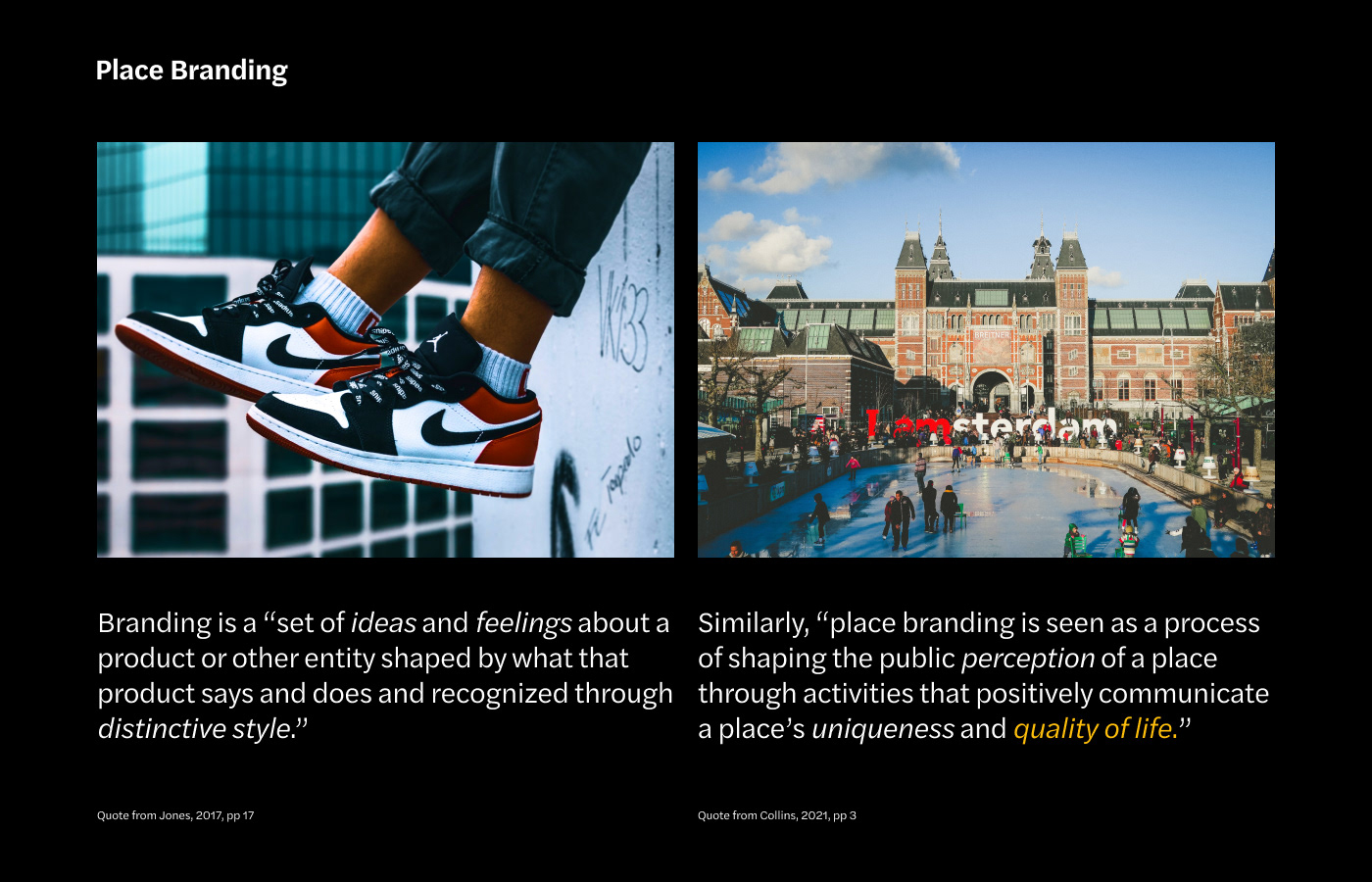
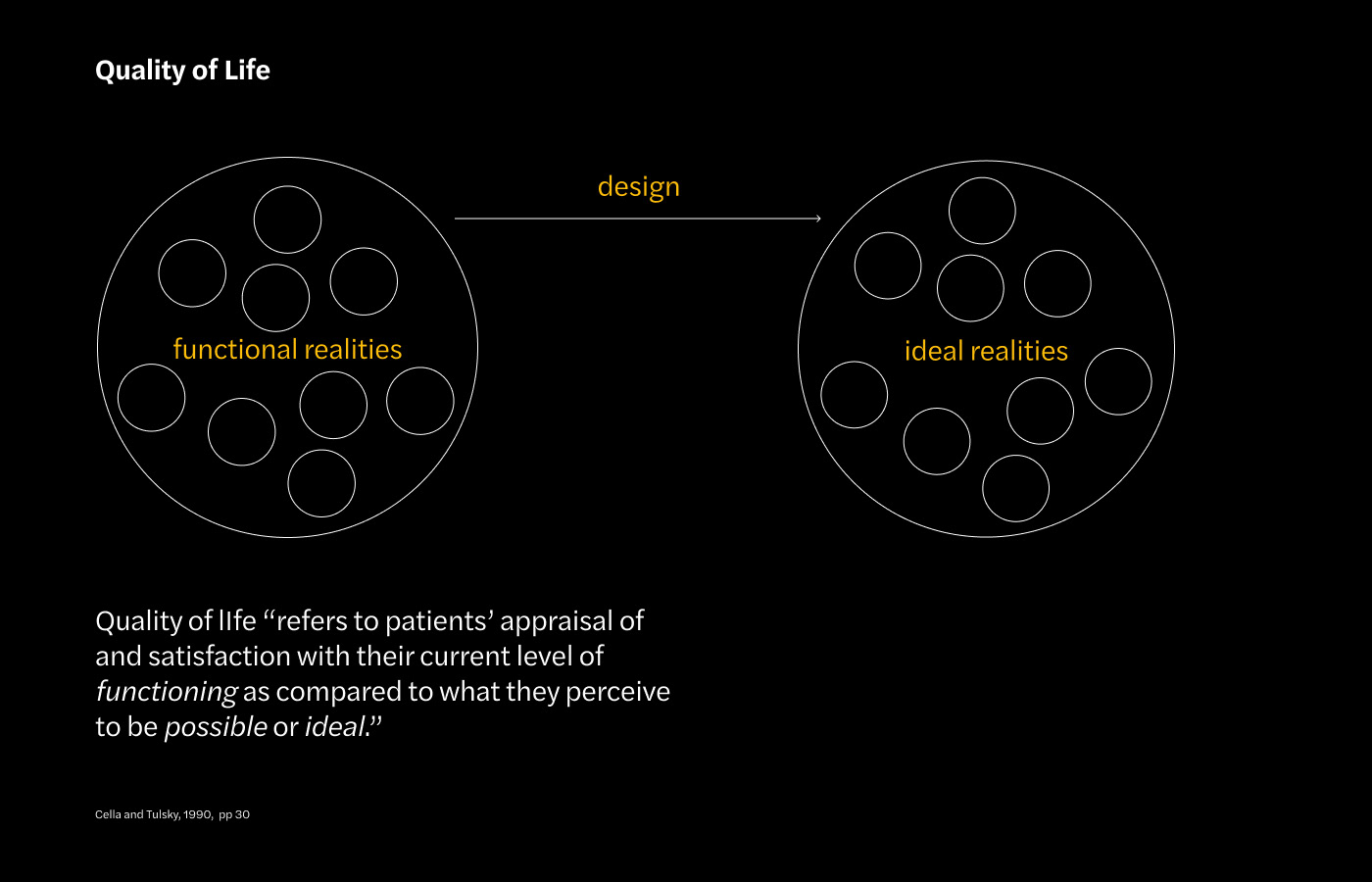
Functional and Idea Realities
In other words, one’s quality of life depends on the gap between their functional and ideal reality. As defined by Herbert Simon, design can play a role in closing the gap, moving people toward a preferred state. Design work in neighborhoods is further complicated by the diversity of different functional and ideal realities in the space.
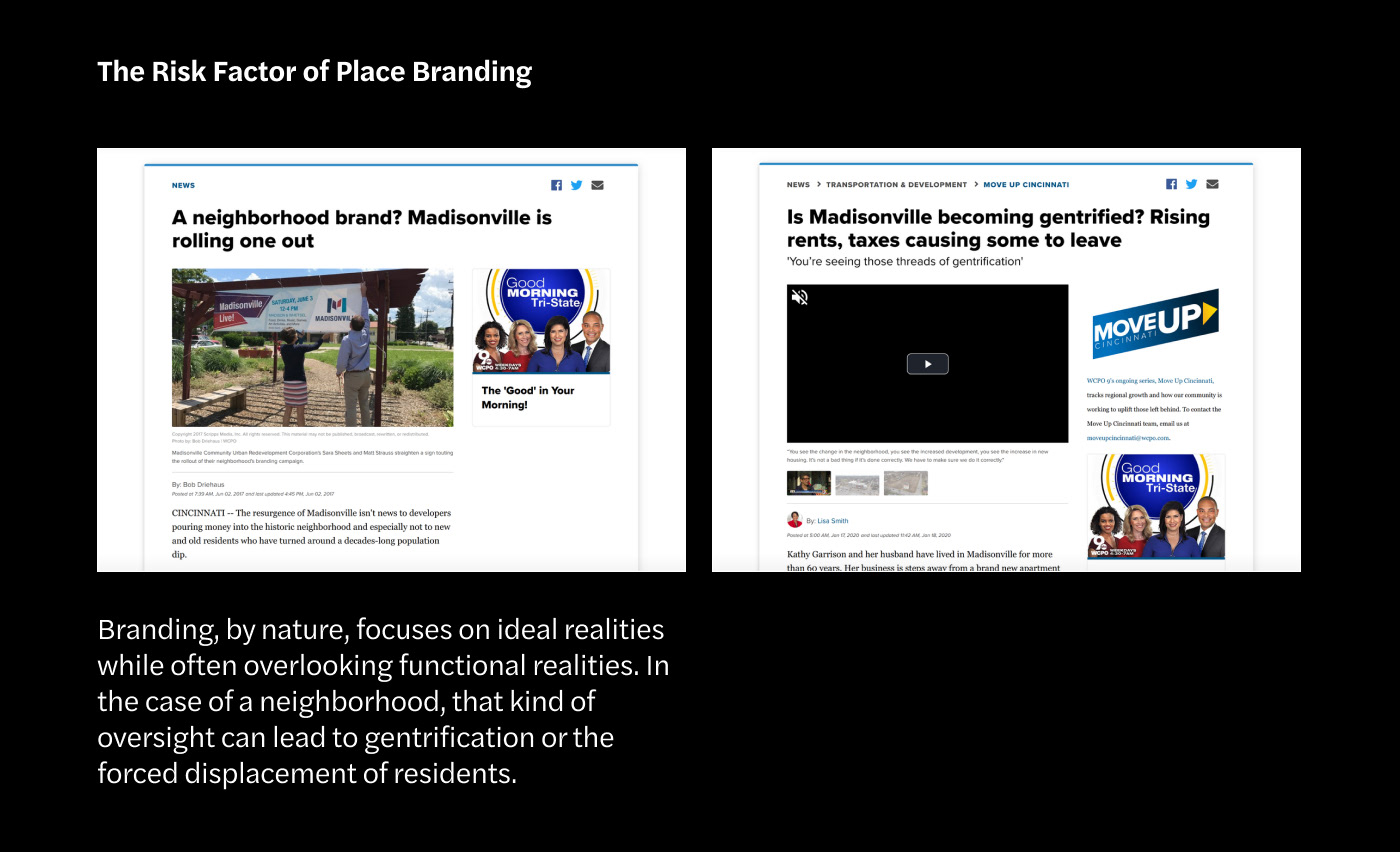
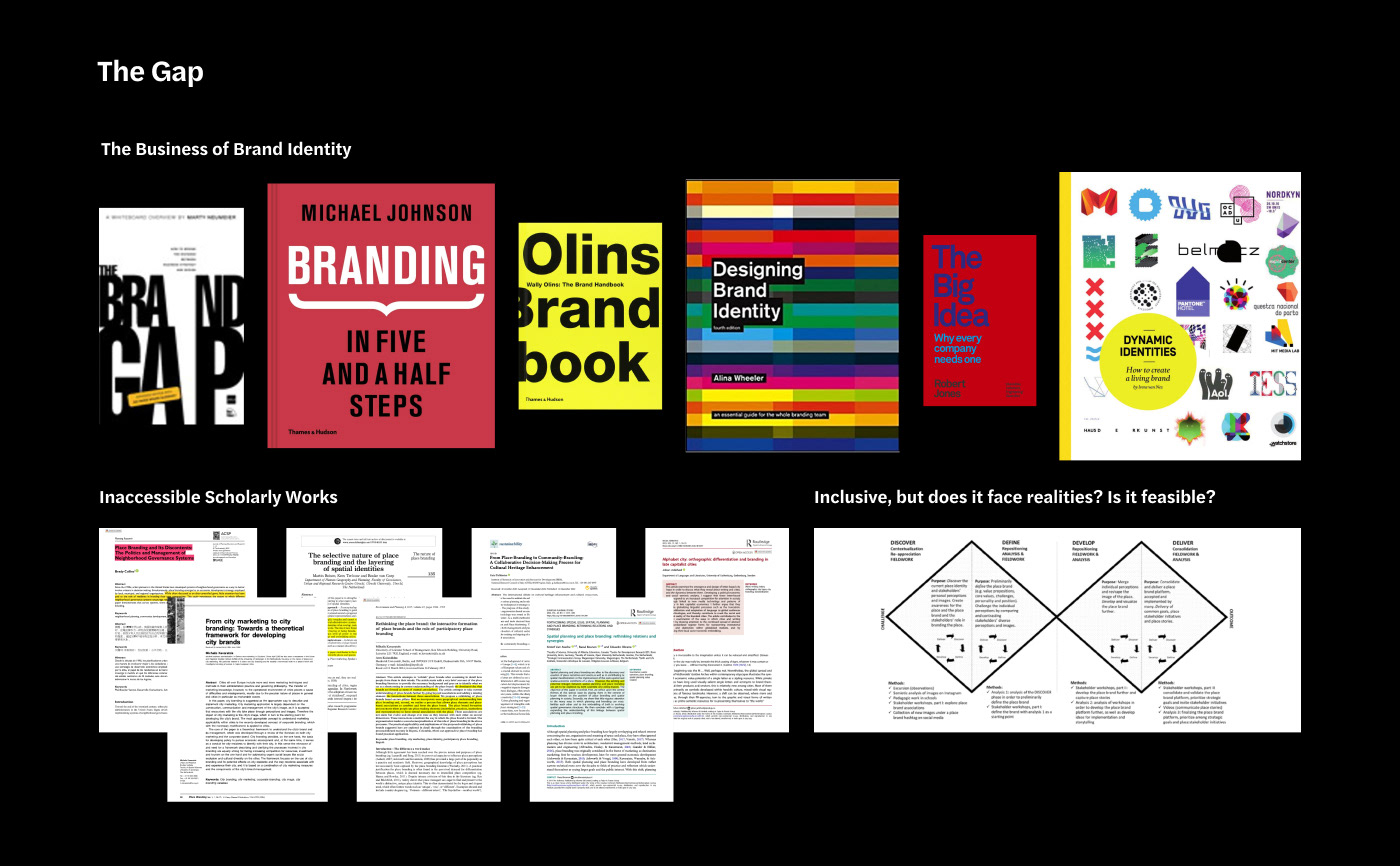
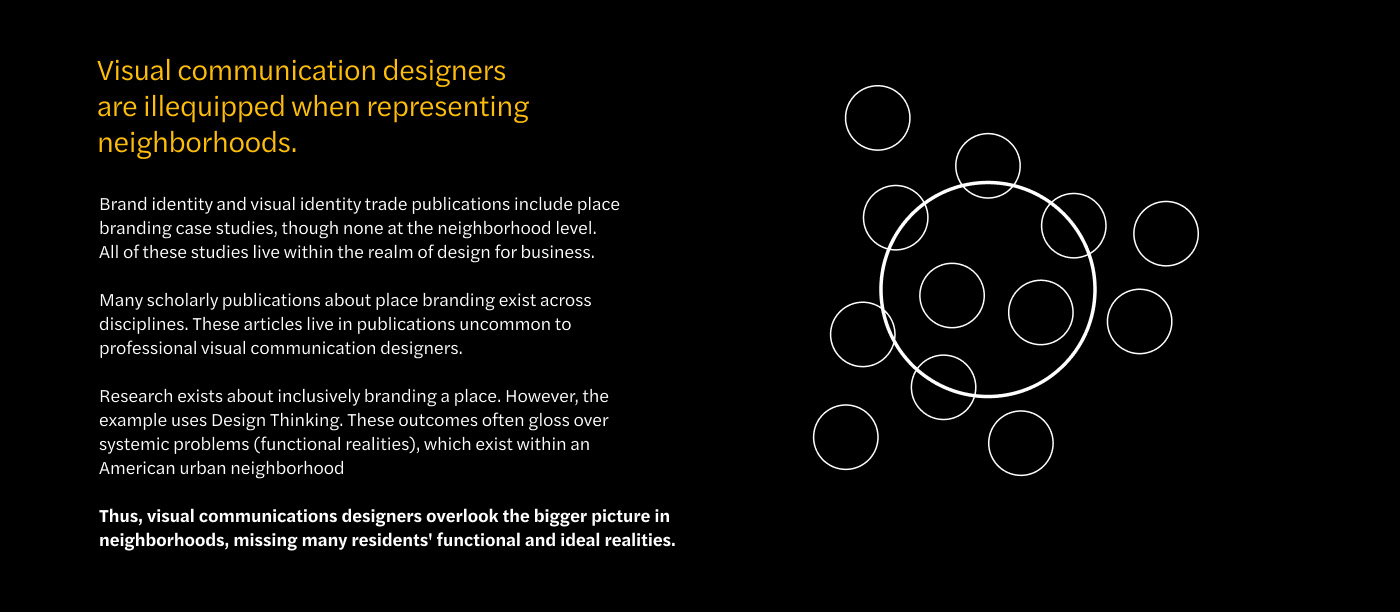
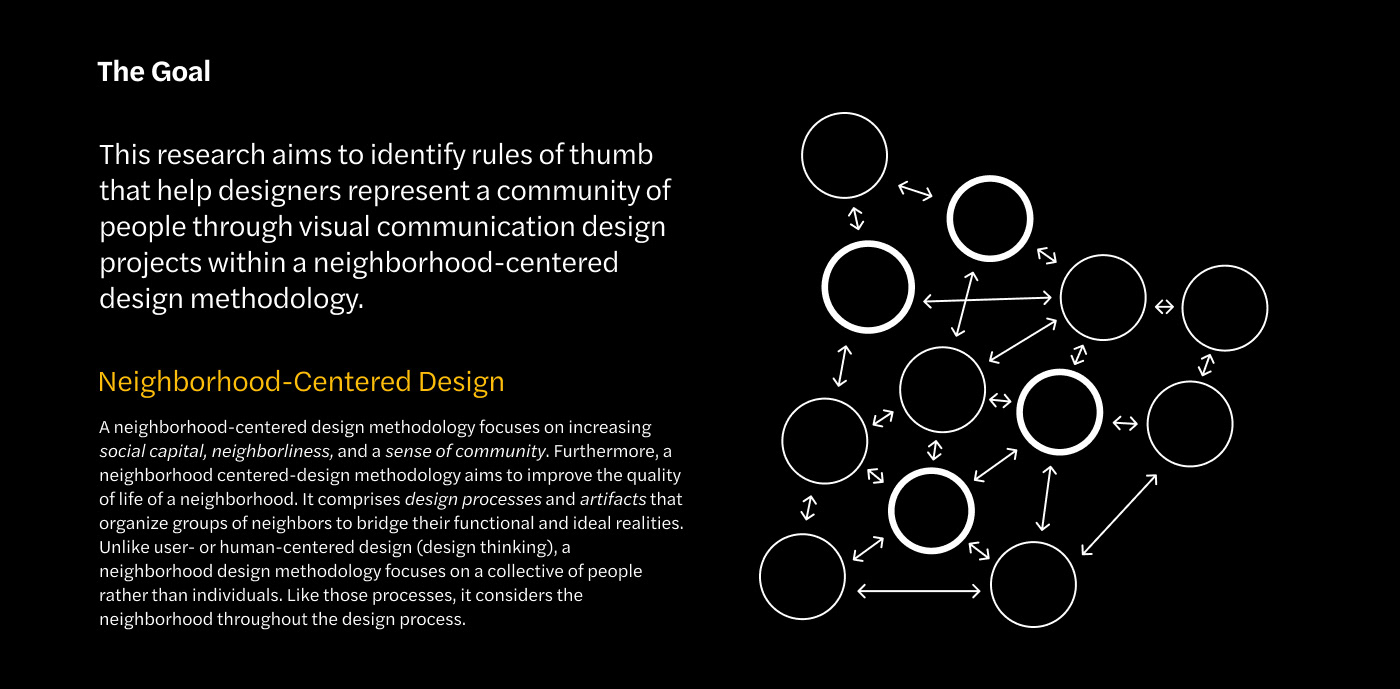
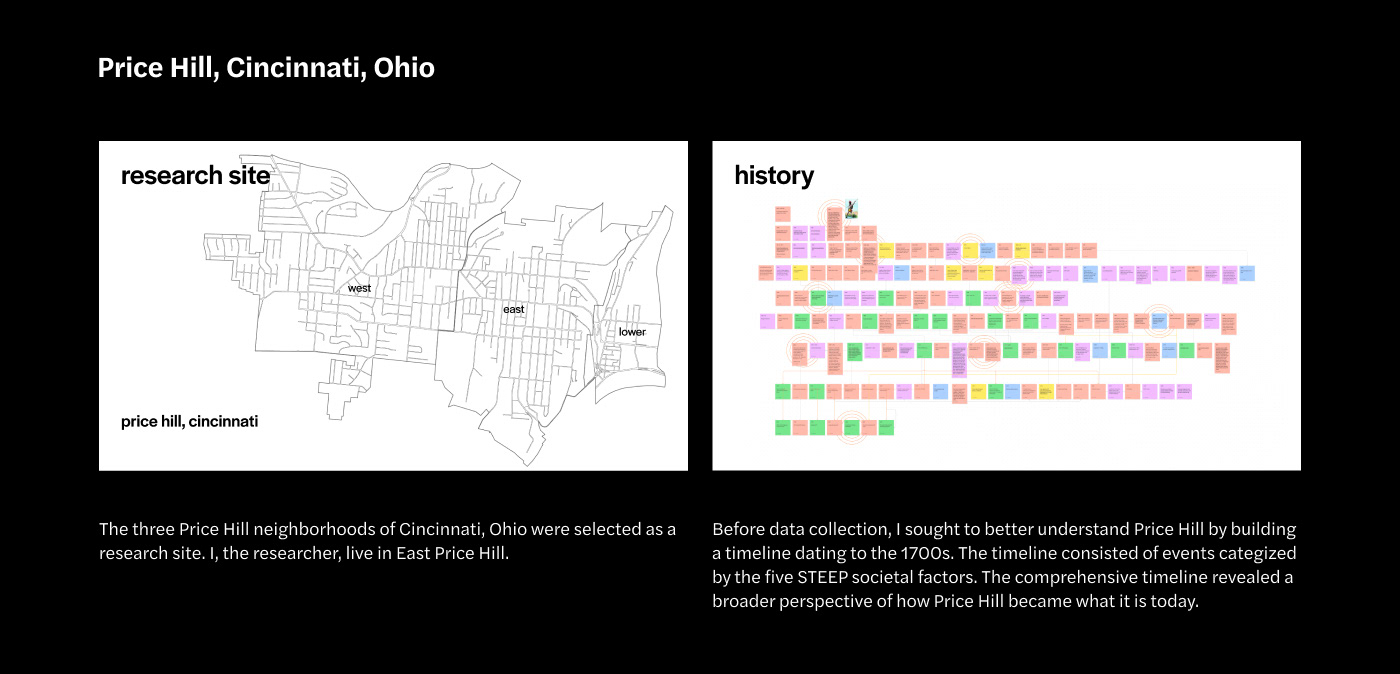


The study examined five ethnographic methods while answering the nine research questions. Phase one included interviews, collecting photovoice submissions, running an online survey, and conducting visual ethnography. Phase two included a series of mini-workshops.






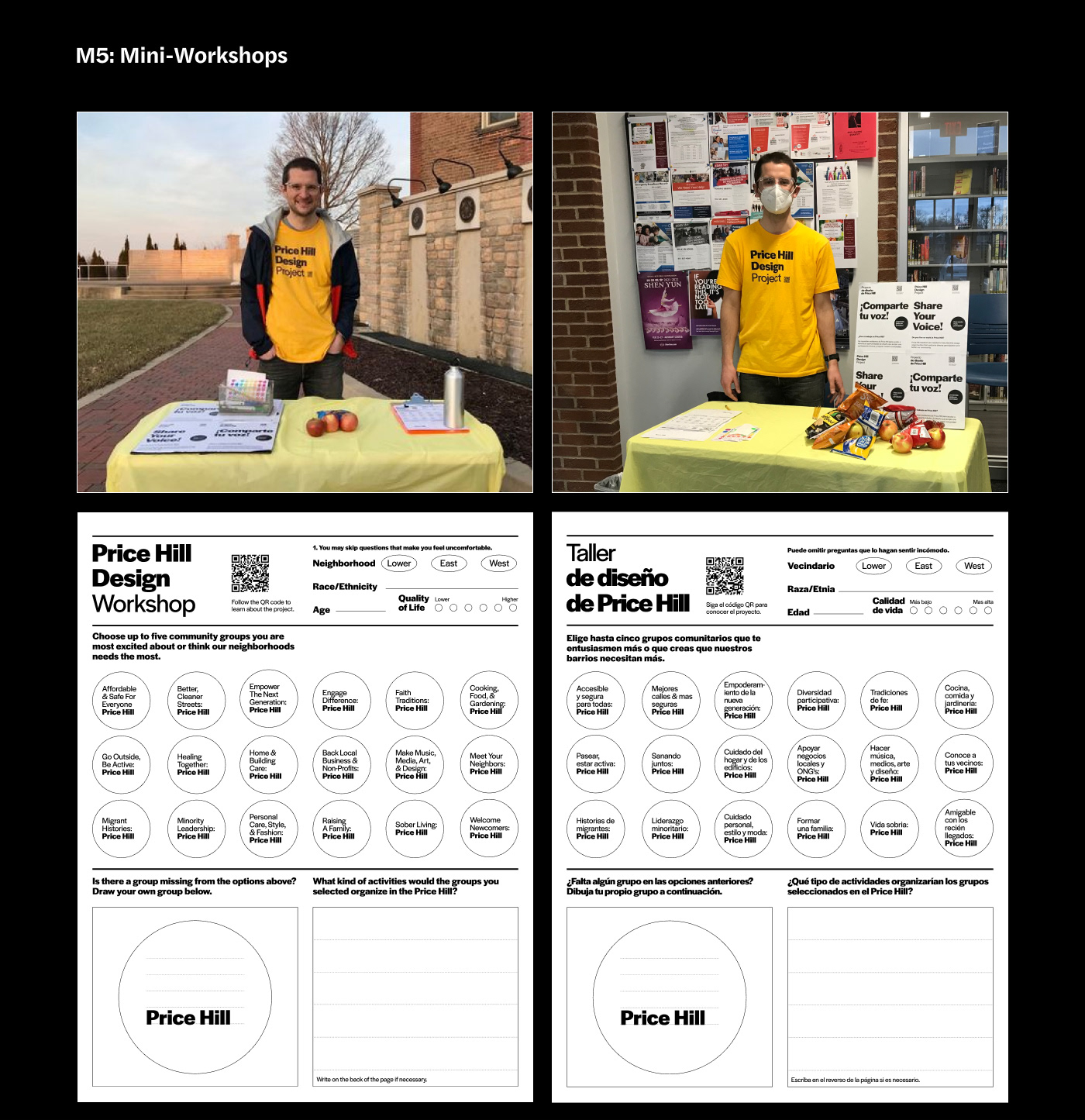


Results
The analysis phase employed eighteen themes that emerged from local perspectives. Comparing theme presence, the different methods, and various demographic descriptors revealed idiosyncrasies. The results backed up the study's proposition that design work in neighborhoods is complex, if not political. The most fundamental insight is the requirement of multiple methods to build closer proximity to residents and generate inclusive representation. Some techniques are better at achieving this than others.

